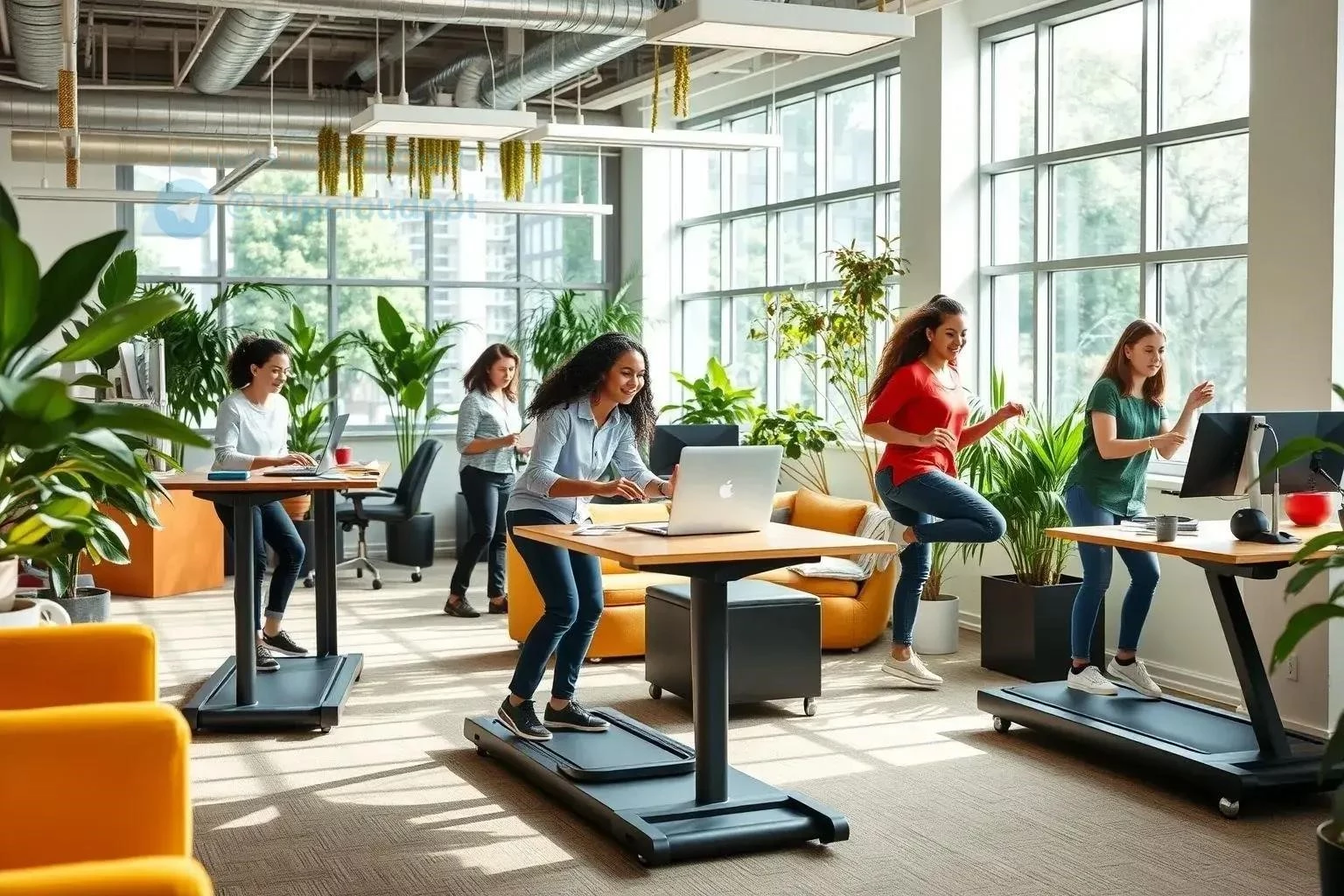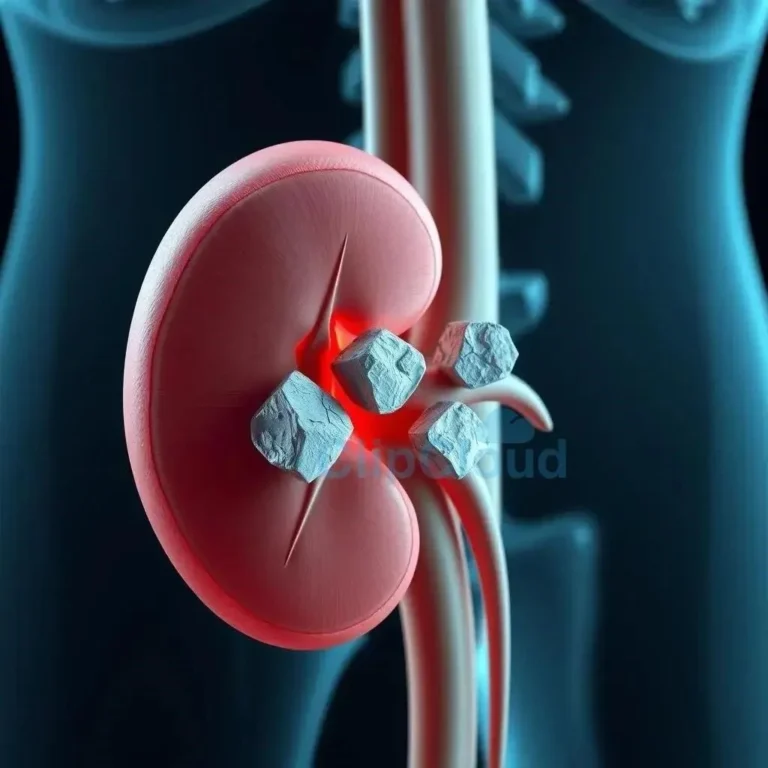Sitting Less for a Healthier You
Excessive sitting has become a hallmark of modern life, impacting our health in significant ways․ Breaking up prolonged periods of sitting is crucial for improving overall well-being and reducing health risks․ Explore strategies to incorporate more movement into your day and combat the negative effects of a sedentary lifestyle․
Active Workstation Setups
Transform your workspace into a hub of movement and energy with an active workstation setup․ Traditional static desks encourage prolonged sitting, contributing to various health issues․ Active workstations, on the other hand, promote dynamic movement and posture changes throughout the workday․
Consider incorporating a standing desk, which allows you to alternate between sitting and standing․ Adjustable height desks offer flexibility, enabling you to customize the desk to your specific needs․ Pair your standing desk with an anti-fatigue mat to cushion your feet and reduce strain․ Balance boards or wobble stools can further enhance your active workstation by engaging core muscles and improving balance․
Treadmill desks offer a low-impact way to incorporate walking into your workday․ Under-desk cycles or ellipticals provide another option for discreet leg movement while working․ Even small additions like a desk cycle or a balance ball chair can significantly increase your activity levels throughout the day․ By integrating these active elements, you can create a workspace that supports your well-being and boosts productivity․
Benefits of a Standing Desk
Integrating a standing desk into your workspace can offer a multitude of health benefits and contribute to a more energetic and productive workday․ One of the primary advantages is reduced back pain․ Standing encourages better posture and alleviates pressure on the spine, mitigating discomfort and promoting long-term spinal health․ Standing desks also help combat the negative effects of prolonged sitting, which can contribute to various health concerns․
Beyond physical benefits, standing desks can also boost energy levels and improve focus․ Increased blood flow and circulation while standing can lead to greater alertness and concentration․ This can translate into enhanced productivity and improved cognitive function․ Furthermore, studies have shown a correlation between standing desks and reduced risks of chronic diseases like heart disease, type 2 diabetes, and certain types of cancer․
Standing desks can also contribute to weight management by burning more calories compared to sitting․ While the calorie expenditure may not be substantial, the cumulative effect over time can be significant․ By incorporating a standing desk into your daily routine, you can take proactive steps towards a healthier and more active lifestyle, reaping both physical and mental benefits․
Micro-Movement Breaks and Movement Snacks
Combat the detrimental effects of prolonged sitting with the power of micro-movement breaks and movement snacks․ These short bursts of activity, strategically interspersed throughout your day, can significantly improve circulation, boost energy levels, and enhance overall well-being․ Micro-movement breaks involve incorporating small movements into your routine, such as stretching, walking around, or simple exercises․
Movement snacks, on the other hand, are brief periods of more structured physical activity․ Think of them as bite-sized workouts that can be easily integrated into your schedule․ Examples include a quick set of squats, lunges, jumping jacks, or even a brisk walk around the office․ These short bursts of activity can effectively break up prolonged periods of sitting and counteract its negative impacts․
Implementing these strategies is simple and requires minimal effort․ Set reminders on your phone or computer to prompt you to take breaks․ Utilize natural breaks in your workday, such as transitioning between tasks or waiting for a meeting to start, as opportunities for movement․ By incorporating micro-movement breaks and movement snacks into your daily routine, you can effectively combat the negative effects of a sedentary lifestyle and cultivate a healthier and more active work environment․
Ergonomic Tips for Optimal Comfort
Creating an ergonomic workspace is crucial for maintaining comfort, productivity, and overall well-being․ Proper ergonomics involves arranging your workstation to fit your body, minimizing strain and promoting healthy posture․ Start by ensuring your chair provides adequate lumbar support and adjust its height so your feet rest flat on the floor, or use a footrest if needed․ Position your keyboard and mouse close to your body to avoid reaching and strain․
Your monitor should be at eye level, approximately an arm’s length away, to reduce eye strain and neck pain․ Consider using a monitor stand or adjusting its height to achieve optimal positioning․ Adequate lighting is also essential to prevent eye fatigue․ Avoid glare on your screen and ensure your workspace is well-lit, preferably with natural light․ Take regular breaks to stretch and move around to prevent stiffness and promote circulation․
By incorporating these ergonomic principles into your workspace setup, you can create a comfortable and supportive environment that promotes productivity and minimizes the risk of musculoskeletal issues․ Prioritizing ergonomics is an investment in your long-term health and well-being, contributing to a more comfortable and efficient work experience․ Remember to listen to your body and adjust your setup as needed to maintain optimal comfort and support․






